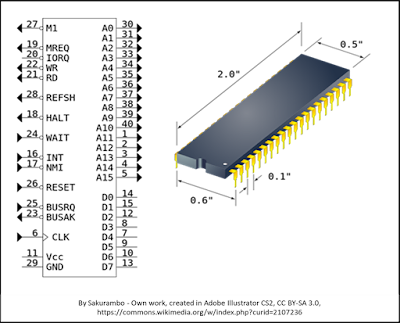Fig. 1 - Evolution of covers for Legend of the Moon
Legend of the Moon was my first novel and my favorite book. Unfortunately, it is not my bestselling book. I figured that part of the reason was the cover. Over the years, I've made changes to the cover (left to right, earliest to latest) in hopes of triggering more interest. I can't afford a cover artist, so I make my own.
For the first cover, I took a photo of the moon, colorized it to make it bluish, and another photo of my kid's Anakin Skywalker action figure, which I then converted into a silhouette. Finally, I added features to Anakin to make him appear as if he's a knight wearing chainmail armor plus a sword strapped to his side.
As can be seen, the image of the knight is poorly drawn, and the blue moon is unnatural. I agonized over it for a few months before deciding to change it.
The next cover featured a vertical sword in front of a moon with a metallic ring around it. I felt I needed a moon, and I thought the sword looked decent enough. I also shrunk my name because I felt I didn't qualify to have my name in big, bold letters yet. This cover lasted several years because I couldn't think of anything better.
Several months later, I was looking at images of medieval swords, and I discovered that the hilt needed to be longer. Bothered by the short hilt, the third cover now has a longer hilt and looks a bit better. I can't remember why, but I shrunk the moon and the ring. I also used a full moon instead of a somewhat half-moon. Asking around for comments from friends, some said it looks a bit mysterious. A few people thought the book was about people from the moon invading the Earth. I needed a new cover . . . again.
With the latest cover, I did something I told myself I would never do. I used AI. I described one of the scenes in the book, and I liked the image it generated. I wanted the image to fill the cover, however. I asked AI to create a cover, complete with the title and author's name, and I wanted the image to fill the whole cover. For some reason, the AI said it couldn't make a full cover, and it could only make images with square dimensions. So I made a cover with the right dimensions, pasted the image on it, added the title, and my name. I have to admit, I think it came out rather well.
I uploaded the new cover to Smashwords, and about a week later, I received a notification that the book was back on the Premium Catalog. Now I wait to see if sales will improve.
I'm willing to use AI for making my covers, but not for writing my books. I'm not going to give up my work to a piece of software. (",)
















